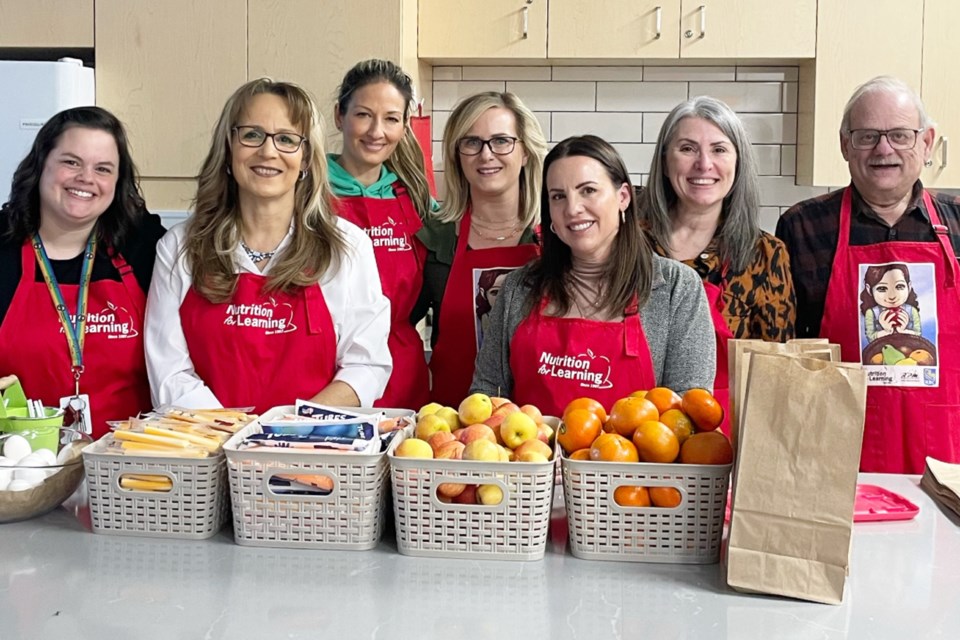As food insecurity continues to plague the region, Nutrition for Learning is struggling to keep up with the increased demand.
The local organization provides nutrition programs to schools in Waterloo region with the goal of ensuring no student goes hungry.
"It's definitely funding," Erin Moraghan, chief executive officer of Nutrition for Learning, said about the biggest challenge her team faces.
"A lot of folks over the years didn't realize Nutrition for Learning was so needed and so prevalent in the community. This program is actually in a state of emergency need and kids are really this hungry right now. It's hard to wrap your head around."
Moraghan said much of the focus has been on marketing and education.
The program's funding comes from four primary sources; the Ministry of Children, Community and Social Services, corporate partners, community foundations and grants, and public donors.
Last year, the City of Cambridge chipped in $15,000.
"We have more than doubled our fundraising efforts over the last couple of years," Moraghan said.
"It's very spread out."
Moraghan joined Nutrition for Learning in 2022 as the impacts of the pandemic on food insecurity were coming to the forefront.
The affordability crisis and post-pandemic mental health issues are both playing a role in the increased need, she believes.
The year-over-year demand has reached a point where the organization has had a hard time even estimating it in 2024. Based on conversation with school partners, approximately 50 per cent of students are relying on the program to some degree.
The programs are mandated to be non-stigmatizing by the ministry, meaning any student can access them. It's an obligation that's becoming increasingly challenging, if not impossible, to meet, Moraghan said.
"It feels like week after week, the demands on the program are more and more," she said.
"What we're hearing from our school partners is really unprecedented. It's night and day from where we were five years ago or before the pandemic."
Moraghan has also heard many misconceptions about how funding is secured, specifically around contributions from some major companies like Loblaws.
Loblaws doesn't work with Nutrition for Learning or any other ministry partnered organizations, but rather directly supports schools through grants.
President's Choice increased its investment in the region last year, going from roughly $160,000 in 2022-23 to over $770,000 in 2023-24, Moraghan said.
Direct help for Nutrition for Learning could be on the way, however.
It was announced last week that the provincial and federal governments struck a deal that will see $108 million allocated to school food funding over the next three years, a total that's expected to benefit an additional 160,000 children.
But if, when and how that money will support Nutrition for Learning is still being decided, Moraghan said.
"What's crushing for us as staff is not being able to fulfill the full need for the first time ever," she said.
"We could desperately use any amount of that funding."
